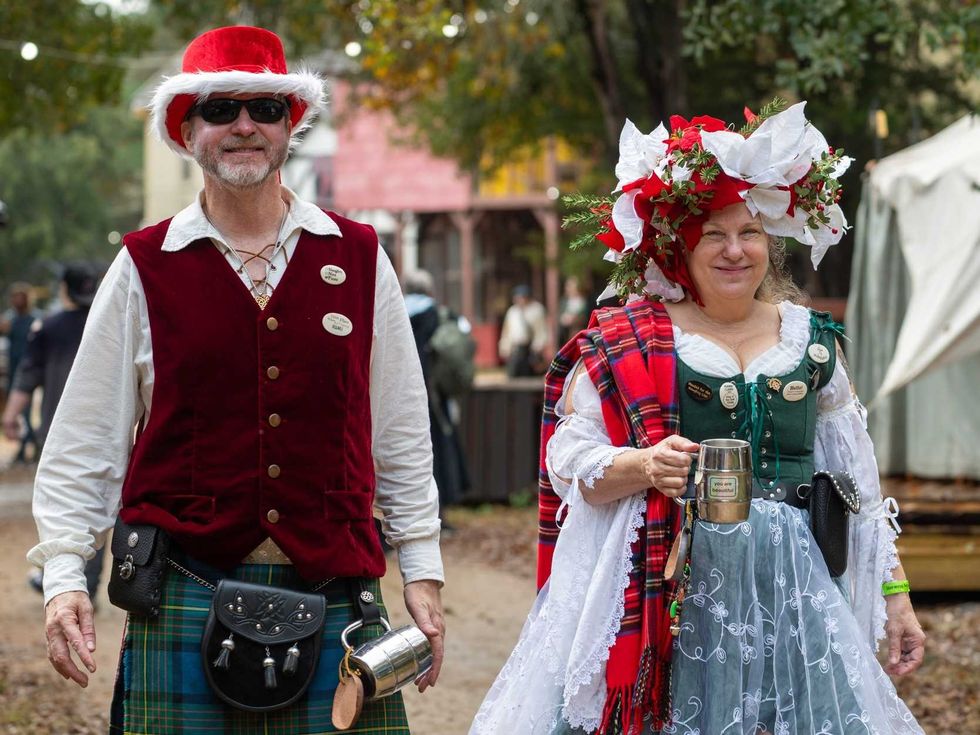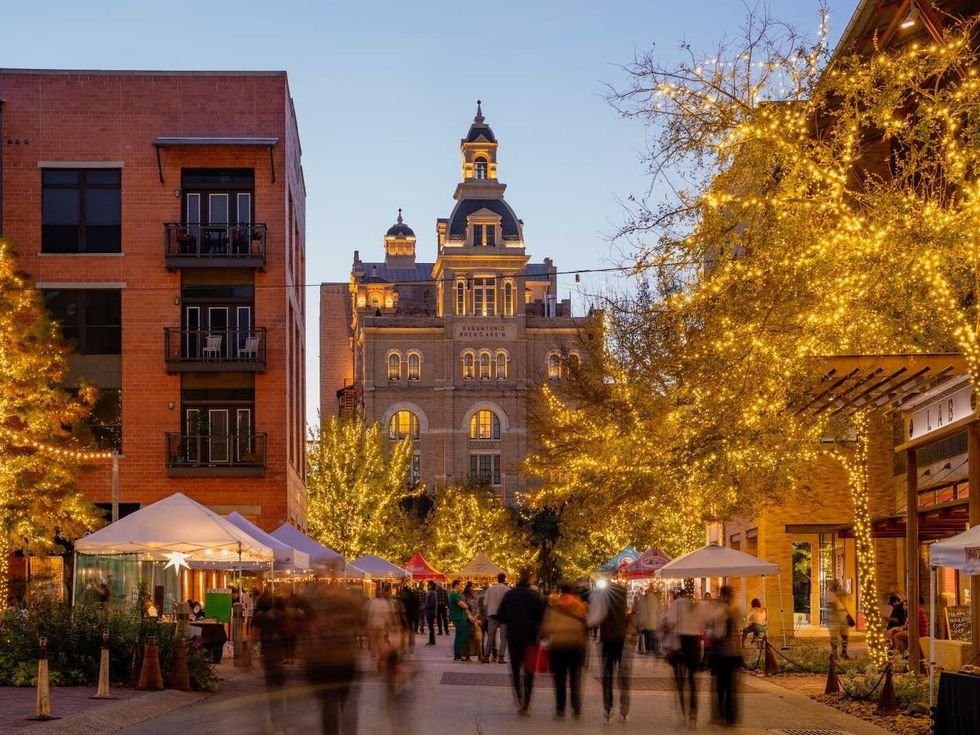Hip Austin Hostels
Here's the travel secret to posh, budget-friendly accommodations in Austin
When Seonaid MacDonald first traveled solo, she spent two days sick from food poisoning in a hotel, where she started to have doubts about traveling alone. As soon as she recovered, she happened to check into a hostel, immediately finding a sense of community and a group of people who helped her out.
After staying in hundreds of hostels over the last 10 years, MacDonald has discovered what it takes to run a successful hostel. She’s bringing her experience to Austin with Hostel 512, set to open in August in East Austin.
The city now leads Texas in the growing hostel trend, as her spot marks the fifth for Austin. For MacDonald, Austin's up-and-coming international status made it the perfect place to start a hostel. So she contacted Firehouse Lounge & Hostel to learn more about the market, and in 2014 purchased a lot off of East Seventh Street for her new hostel.
Firehouse, Austin's second hostel, opened in 2013. Dorms here start around $30, with private rooms starting around $130. Since then, co-owner Kent Roth has only watched the hostel numbers climb. When he and business partner Collin Ballard opened Firehouse downtown, the only other option in the city was Hostelling International off East Riverside Drive.
“I try to keep a friendly relationship with all the hostels in town,” says Roth. “There’s room to grow without it hurting anyone. We’re all different, so it’s not a competition.”
Some hostels around the city take inspiration from their historic buildings. Firehouse is found in the oldest firehouse in Austin, while the recently opened HK Austin hostel, where bunk rooms are available for $34 per person per night, is housed within a historic Victorian home. Hostel 512, however, is currently being built in a brand-new building designed around a central courtyard.
Most of the hostels in Austin are boutique “poshtels,” which Roth says are the key to breaking into the U.S. market. Brent Underwood, co-founder of HK Austin, thinks more hostel styles will catch on as Americans become more aware of them as an option.
“People know there’s a difference between Motel 6 and the Four Seasons,” he says. “They’ll start to realize there are all different styles of hostels. People are going to be looking for different things.”
While Hostel 512 fits into the “poshtel” style, MacDonald says her main priority is safety. There’s only one supervised entrance and exit, several security cameras, and the doors are only accessible by key card. MacDonald says the surrounding neighborhood has shown a lot of positive interest in the hostel, and she sees the trend growing in the U.S. thanks to the sharing economy.
“People are more open to trying new things now,” she says. “They’re using Uber or Airbnb. People want to experience a place on a more local level instead of with corporations.”
Roth also believes the sharing economy is a mindset that opens people up to sharing space with strangers. In addition to dorm-style rooms, Firehouse, HK Austin, and Hostel 512 all offer private rooms. But whatever guests choose, they can all relax in common spaces designed for meeting and interacting with each other. Underwood and MacDonald agree: Hostels are best for those seeking community.
“I fell in love with the atmosphere of hostels while traveling,” Underwood says. “You can be exposed to a lot of cultures without having to go anywhere. I wanted to surround myself with travelers and recreate that atmosphere of being abroad.”
As more hostels invade Austin, Underwood is positive about what lies ahead. “They say a rising tide floats all boats,” he says. “I think that’s how it is with hostels. The more we have, the more people will use them.”




 Participants at last year's inaugural Yuletide Festival. Photo courtesy of Sherwood Forest Faire
Participants at last year's inaugural Yuletide Festival. Photo courtesy of Sherwood Forest Faire  The CultureMap City Rink will be open through January 5, 2026. Photo by Ashley Gongora
The CultureMap City Rink will be open through January 5, 2026. Photo by Ashley Gongora 

